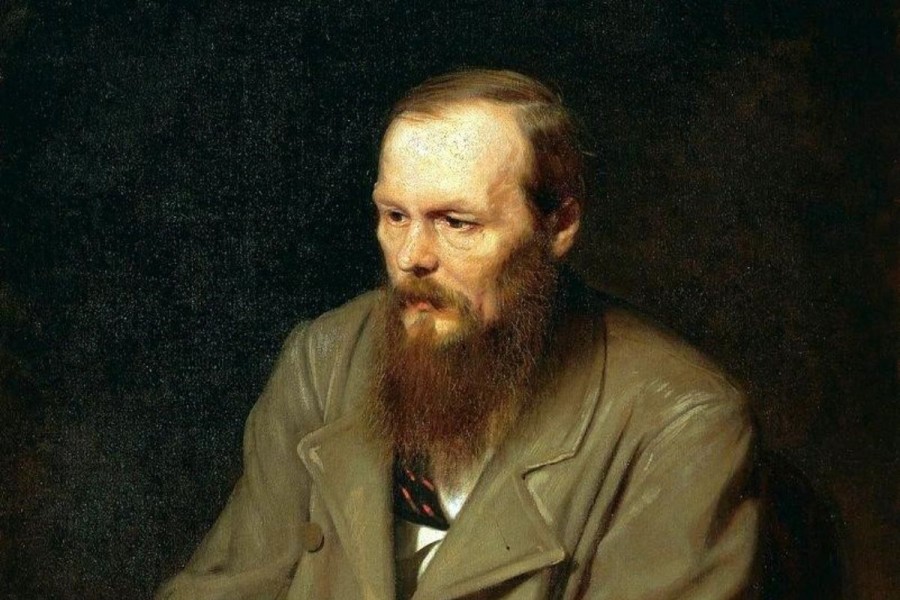In genre studies, a coming-of-age story is a genre of literature, film, and video that focuses on the growth of a protagonist from youth to adulthood (“coming of age”). Coming-of-age stories tend to emphasize dialogue or internal monologue over action, and are often set in the past. The subjects of coming-of-age stories are typically teenagers. The Bildungsroman is a specific subgenre of coming-of-age story.
Coming-of-age books originate in Germany where in 1766-1767 The History of Agathon, a novel by Christoph Martin Wieland, was published. It tells the story of an ancient Greek youth going through a difficult path of moral development. However, it wasn’t until the publication of “Wilhelm Meister’s Apprenticeship” (1795) by another German writer Johann Wolfgang Goethe that the coming-of-age novel gained true popularity.
The main task of the coming-of-age book is to show the reader the formation, personal development and growing up of the main character. The young protagonist of a coming-of-age novel almost always leaves his paternal house, undergoes a deep internal conflict, faces external obstacles, and finally finds his place in life. The narrative around the hero’s wanderings can be supplemented by the author’s opinion on significant social and moral issues.
Key topics of the coming-of-age novel include:
Growing up and apprenticeship
One of the hallmarks of the coming-of-age genre is the growing up of the protagonist, as a result of which he passes from childhood to adulthood. As a rule, during this the hero is confronted with a “teacher”: a more sophisticated person whose skills and life experience he can adopt or reject.
- “Wilhelm Meister’s Apprenticeship” (Johann Wolfgang von Goethe, 1795)
The hero of the novel, not wanting to continue his father’s business and become a businessman, plunges into the theatrical world. In a new environment, he meets different people whose experience enriches him.
Training
The development of the protagonist in a coming-of-age novel also involves the acquisition of new information. This does not have to take place in a school or other educational institution. Getting new knowledge about life, the process of growing up itself can be a lesson. Education can be both academic and can relate to other areas – business, love, social.
- Great Expectations (Charles Dickens, 1861)
The main character, an early orphaned young Pip, leaves his native small town and comes to London to become a gentleman. He thinks that the wealth of his mysterious benefactor will help him acquire a high social status and win the beautiful Estella with whom he’s in love, but in the end he learns that money is far less valuable than he had originally assumed.
Search for one’s true self
The protagonist of a coming-of-age novel usually has some talent or ability. Growing up, he reveals this talent and learns to apply it. At some point, the hero is given the opportunity to test himself, to refine his goals and how to achieve them. Confronted with the complexities of the adult world, he learns more not only about other people, but also about himself, opening up to new perspectives and developing psychologically.
- Invisible Man (Ralph Allison, 1952)
The nameless African-American protagonist squeezed by the framework of society feels that he is only a performer of the role that the “white” society has given him. But as soon as he attempts to find himself and leaves the limits allotted to him, he becomes “invisible” to the ruling majority that does not recognize his personality.
Travel
In the coming-of-age books, the hero leaves the parental house for travel or search. Often the hero starts the story in a village or a small town before moving to a big city. In this case, he is faced with a new society which tests him for strength. Physical travel generates an internal transition to a new cognitive state, which in turn leads to growing up.
- “The Bell Jar” (Sylvia Plath, 1963)
The novel, which is semi-autobiographical in nature, tells the story of Esther Greenwood who gets an internship at a prestigious women’s magazine and moves from a Boston suburb to New York.
Love
The search for true love is also a crucial component of best coming-of-age books. Growing up, the hero begins his journey by breaking up from the familiar environment and usually ends up gaining meaningful connections in adulthood. In some cases, the hero has to make a choice between several potential partners in order to find the only one.
- Jane Eyre (Charlotte Bronte, 1847)
One of the first coming-of-age novels with a female protagonist. One of the key lines of the novel is the story of Jane’s dramatic love, who got a job as a governess on the estate, and Mr. Rochester, the owner of this estate.
Search for the meaning of life
In a coming-of-age story, the hero develops by gradually clarifying the meaning of particular life values. Growing up involves finding universal truths. For Victorians, for example, such truths consisted of duty and honor, hard work, financial prosperity, marriage, and respect for society. However, in the 20th century some writers rejected the values of the middle class and proclaimed the main truth to be isolation from society and independence.
- “A Portrait of the Artist as a Young Man” (James Joyce, 1916)
The main character, Stephen Dedalus, leaves his homeland and his family, rebelling against religious postulates and the structure of society. The loneliness of the artist here is proclaimed a necessary component of his ability to create.
Coming-of-age story features
A number of artistic techniques and means are used to reveal these topics in the coming-of-age novel.
The reader takes part in the educational process
The coming-of-age books involve the reader in the same process of learning and development that the main character goes through. This is done in order to influence the personal growth of the reader. At some point in the story, the reader may disagree with the hero; however, by realizing the erroneous judgment of the hero, the reader draws a lesson from the situation.
Protagonist in the spotlight
In the coming-of-age novel, the emphasis is always on the protagonist. Other characters are also visible, but their significance is determined only by the contribution they make to the growth and development of the main hero. Thus, the reader is fully focused on what is becoming of the protagonist.
Personal Diary
A coming-of-age story is a chronicle of events from the life of the protagonist from a young age to adulthood. However, this is not an impartial fixation of isolated episodes, but rather a diary describing the progressive development of a young man. Sometimes the author deliberately chooses the form of the hero’s personal diary for his novel.
Overcoming difficulties
On the way of the protagonist there are many pitfalls and unforeseen difficulties. Conflicts arising between the hero and fate, nature, society or with himself are part of the process of becoming. Crises overcome by the hero help to temper or experience his moral stamina.
The dialogue rules the plot
Since the parenting novel focuses on the main character, the development of the plot is often secondary to the dialogue. Dialogue is a means of interaction between the characters. Using author dialogues allows the reader to feel like a witness to what is happening. The reader knows the same thing that the hero recognizes in the process of communicating with other characters, and thus makes the same discoveries.
The coming-of-age novel in the modern world
In the 20th and 21st centuries, the coming-of-age novel retained its signature traits but acquired new motifs, so it consistently makes it to the 10 most popular book genres. Modern growing-up novels often include features of other genres, for example, dystopian novels (The Hunger Games series), science fiction (Ender’s Game), and fantasy (The Harry Potter series).
The relentless appetite of the reader for best coming-of-age books suggests that we have to get acquainted with many new examples of the genre, some of which are destined to become international bestsellers.
And what role did coming-of-age stories play in your life? Share your opinion in the comments!





